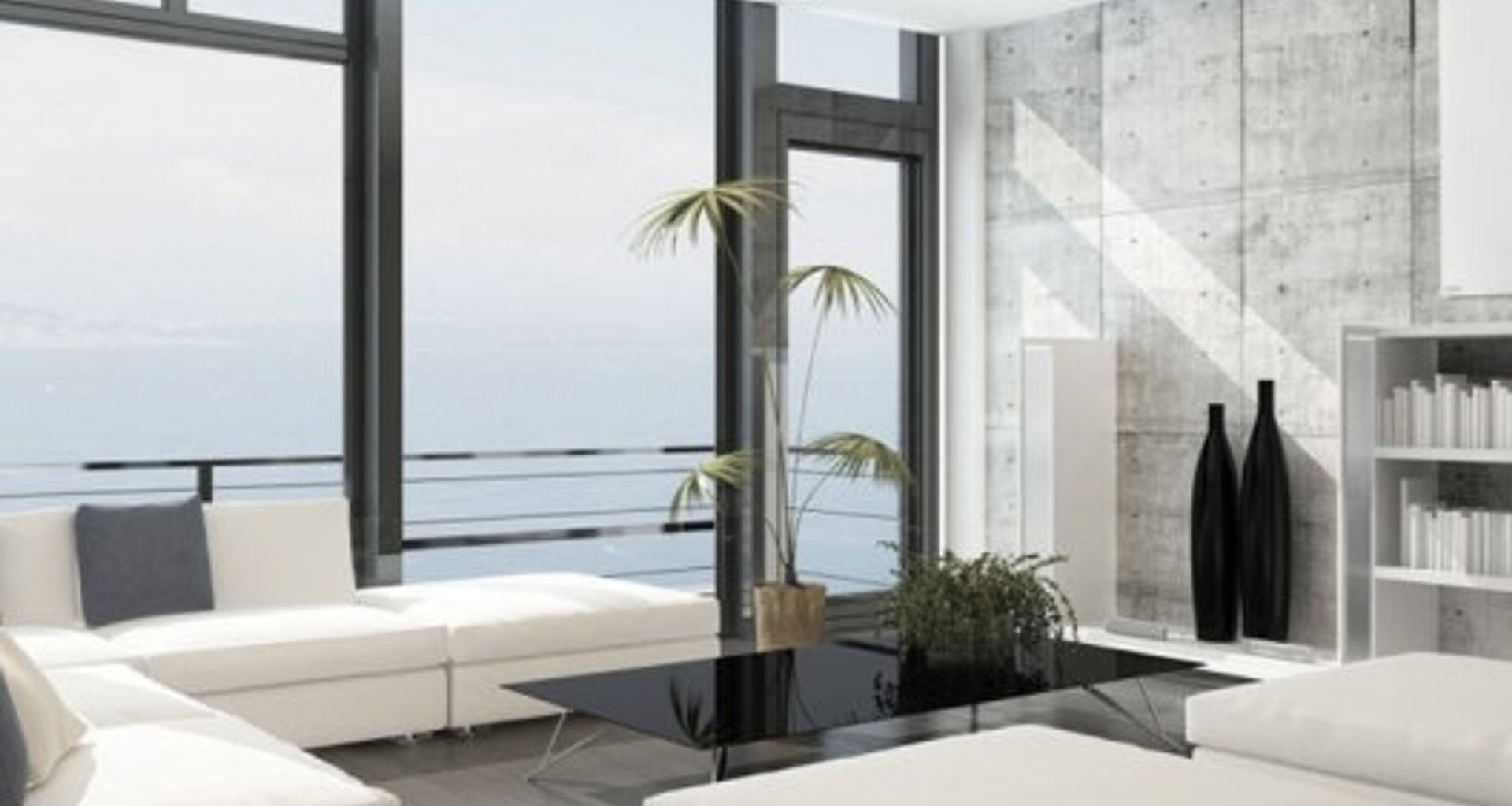Heating smarter: Mark Coory on why far-infrared heating matters
Written by
22 May 2016
•
4 min read

When you're searching for inspiration for the right kind of heating for your home, you might not look at a prehistoric caveman and their open fire. But according to Mark Coory from Herschel Infrared, they actually had the right idea.
He explains that radiant heating, like the caveman's open fire, heats the objects and fabric of a building. Convective heating, on the other hand, tends to heat the air within a room, which requires more energy and transfers less of it out. Forced convection (like you'd get in a ducted heating system) also tends to be somewhat uncomfortable and centralised in one space. The far infrared heating technology that Herschel uses takes the heat humans were designed-for – radiant heating – and takes it to the next level.
Keeping the heat gentle
Herschel Infrared takes its name from William Herschel, who discovered far infrared initially. It is essentially a spectrum of light that isn't visible to the naked eye, but has strong thermal properties. Think about the heaters you see in outdoor areas of bars and restaurants, with glowing red facades – this is heat on the visible spectrum, and it tends to be quite intense and focused on one spot. Far infrared, however, is a gentler kind of heat and doesn't shed visible light.
"It's a gentle, easily absorbed heat," Mark says, "in the wavelength called the "vital range" which our bodies have evolved to absorb particularly well."
By spreading the heat over a wider area and ensuring rooms stay warm for longer, far infrared panel heating sets itself apart from the pack.
Practical applications of far infrared
By using far infrared as a heat source, the benefits are substantial. It builds up heat in a space by warming up everything in a room, rather than the air. Whilst the initial warm-up period takes a little longer, it then requires very little ongoing energy to keep everything warm, because the room itself is now acting as the radiator.
Mark says to feel warm with a convection-based system, you have to keep heating turned-on – because once you turn it off, things begin to chill almost immediately. But by building up "thermal mass" in a room with Far Infrared, the heater only needs occasional "top-up" – being active only on average 5 hours in a given 24 hour period.

"Far Infrared is also a dry heat, which is excellent for mould and damp. It dries out rooms and buildings – you can leave it on when you go to work, and your home stays warm for the night."
This "little and often" consumption profile has the added benefit of being cost-effective, and even reducing overloading of the power grid during peak periods in the colder winter months – because there are no "peak periods".
"A lot of the grid load during winter is residential and domestic heating – using far infrared could help people smooth power usage out over the day, rather than dealing with large peaks and troughs."
There's a reason Herschel calls far infrared 'comfort heating'. By being easy on the bills, easy on the eye and especially easy on your home, it is an extremely practical heating solution. On top of this, far infrared has a multitude of uses in the commercial sphere.
Mark explains: "Traditionally, if you want to keep employees warm in a commercial space, you have to heat the entire building up. With far infrared, you can position it in a specific area – right where people are working. It's extremely cost-efficient."
While far infrared heating is only in its infancy in New Zealand, companies like Herschel are taking it forward with excellence. It's warm, dry, you hardly notice it's there, and you can save money – what's not to love?

